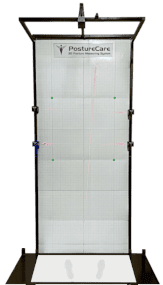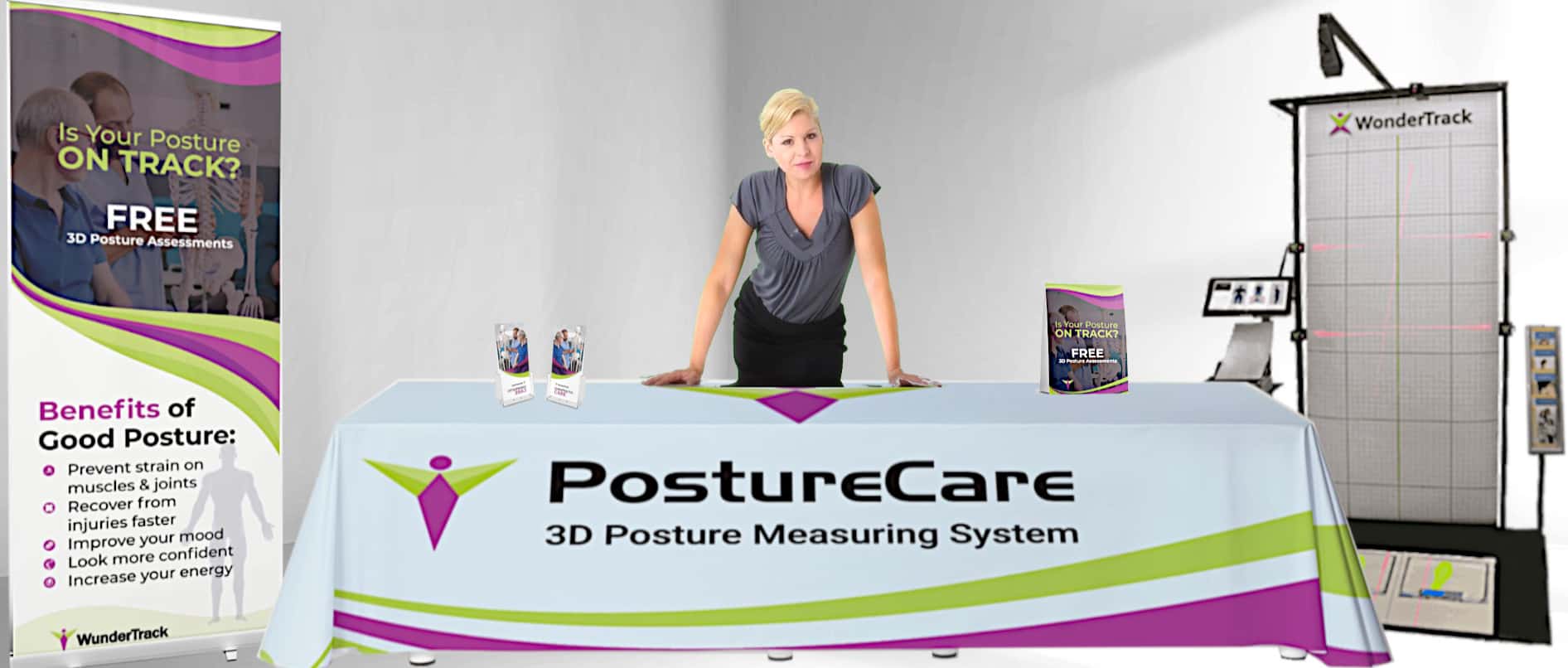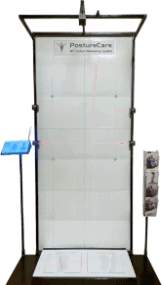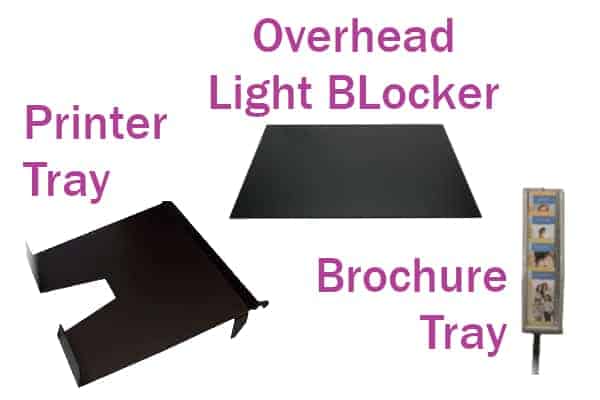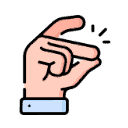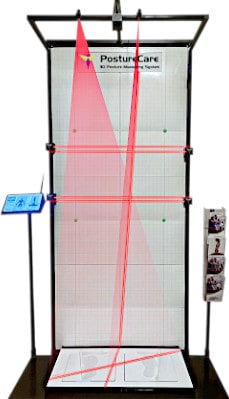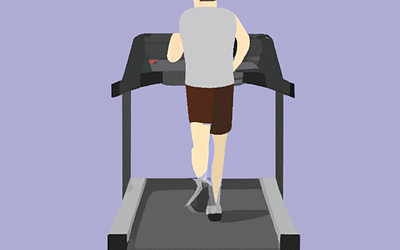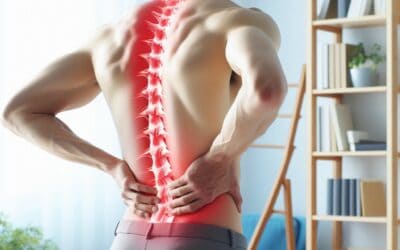PostureCare is a tool designed to analyze and improve posture through various methods, which may include photographic analysis, sensor-based tracking, reports, and personalized recommendations. Generally, posture assessment tools work by:
1. Data Collection: This can be done through photos, videos, wearables, or sensor technology. The user’s posture is captured in a way that allows for analysis.
2. Analysis: Sophisticated software algorithms process the collected data to identify postural deviations or asymmetries. They may measure angles, distances, and curvatures of the spine or other parts of the body.
3. Reporting: The tool generates reports detailing the aspects of posture that may need attention. These reports can show misalignments, comparative analysis over time, and may highlight potential areas of concern.
4. Recommendations: Based on the analysis, the tool might provide personalized exercises, stretches, or lifestyle adjustments aimed at correcting or improving posture.
5. Tracking Progress: Some tools allow for ongoing monitoring of posture, so users can see how their posture changes over time with the help of exercises or other interventions.
PostureCare differentiates itself from other posture assessment tools through several key features:
1. True 3D Assessment: It is described as the only true 3D posture assessment system available that measures and reports posture in the most accurate way possible, examining posture in the Coronal (Z-axis) plane, allowing for the analysis of shoulder rotation, pelvic rotation, sway back, and kyphosis.
2. Measurable Precision: PostureCare claims to be the only posture screening tool that can measure posture to within 1/16th of an inch, reducing guesswork significantly.
3. Privacy and Comfort: PostureCare uses images of laser lines on a grid to report measurements, avoiding the need for uncomfortable or potentially awkward photos of patients.
4. Unbiased Analysis: The use of a computer algorithm to measure angles and distances between palpated bony landmarks minimizes human error and the likelihood of “fudging” results with the eyes.
5. Dress Requirement Flexibility: It enables assessments to be conducted regardless of the type of clothing the patient is wearing, eliminating the necessity for tight or specific attire.
6. Bilateral Weight Scales: PostureCare includes bilateral digital scales which measure right and left-sided weight distribution, correlating more pressure on one side to potential pelvic imbalances.
7. Comprehensive Documentation: The tool facilitates better documentation by providing accurate, reproducible, and comparable results, which can add credibility to diagnostic and treatment notes..
These distinct features aim to enhance both the accuracy of posture assessments and the user experience for practitioners and their patients.


